The Spontaneous Dump of the Village of Arka
40°06’0682″N 69°41’3192″E
Landfills are one of the significant factors of pollution, negatively impacting natural components: the atmosphere, water sources, soil, and plant and animal life. By being placed directly on the soil cover, landfills remove a substantial portion of land from agricultural use and the biosphere, introducing pollutants into it.
When waste stored in unauthorized landfills ignites, toxic and poisonous substances are released into the atmosphere. Atmospheric precipitation washes out heavy metals and other substances from the landfill body, which, by contaminating the soil, penetrate into surface waters. With prolonged storage in landfill layers, biogas begins to form, the main components of which are flammable methane and carbon dioxide. Unauthorized landfills serve as breeding grounds for insects and rats, active carriers of infection.
Unauthorized landfills occupy a place in the system of environmental monitoring as sources of impact on all components of the environment.
An important feature of this source of environmental pollution is its spatial and temporal variability, both in volume and composition. Landfills are dangerous sources of environmental pollution, primarily affecting soils, surface and groundwater, and animal and plant life.
The greatest danger is posed by landfills located in water protection zones of water bodies, river floodplains, low-lying areas (ravines, gullies), in places where drinking water wells are located, and on agricultural fields.
The sizes of spontaneous landfills are increasing at a catastrophic rate. They consume land, lead to the destruction of local flora and fauna, expand to the nearest settlements, and poison people. The irrational, outdated, and immoral policies of local authorities and capital officials regarding the collection and disposal of municipal solid waste have resulted in thousands of semi-spontaneous dumps operating in Kyrgyzstan. All of them do not meet modern requirements for the organization of such facilities. Dozens of hectares of beautiful and invaluable land have been allocated for landfills.
Landfills are one of the significant factors of pollution, negatively impacting natural components: the atmosphere, water sources, soil, and plant and animal life. By being placed directly on the soil cover, landfills remove a substantial portion of land from agricultural use and the biosphere, introducing pollutants into it.
When waste stored in unauthorized landfills ignites, toxic and poisonous substances are released into the atmosphere. Atmospheric precipitation washes out heavy metals and other substances from the landfill body, which, by contaminating the soil, penetrate into surface waters. With prolonged storage in landfill layers, biogas begins to form, the main components of which are flammable methane and carbon dioxide. Unauthorized landfills serve as breeding grounds for insects and rats, active carriers of infection.
Unauthorized landfills occupy a place in the system of environmental monitoring as sources of impact on all components of the environment.
An important feature of this source of environmental pollution is its spatial and temporal variability, both in volume and composition. Landfills are dangerous sources of environmental pollution, primarily affecting soils, surface and groundwater, and animal and plant life.
The greatest danger is posed by landfills located in water protection zones of water bodies, river floodplains, low-lying areas (ravines, gullies), in places where drinking water wells are located, and on agricultural fields.
The sizes of spontaneous landfills are increasing at a catastrophic rate. They consume land, lead to the destruction of local flora and fauna, expand to the nearest settlements, and poison people. The irrational, outdated, and immoral policies of local authorities and capital officials regarding the collection and disposal of municipal solid waste have resulted in thousands of semi-spontaneous dumps operating in Kyrgyzstan. All of them do not meet modern requirements for the organization of such facilities. Dozens of hectares of beautiful and invaluable land have been allocated for landfills.

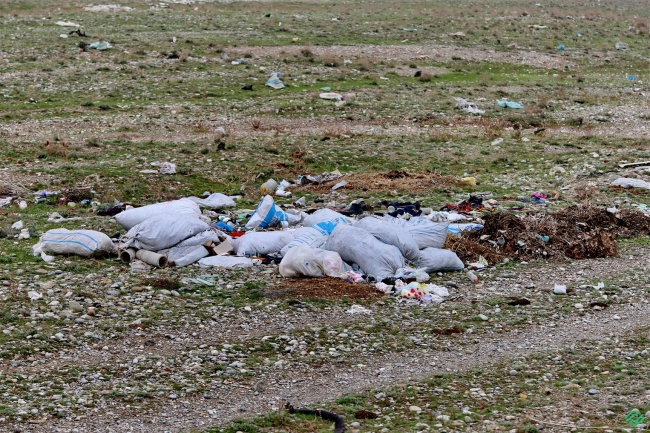

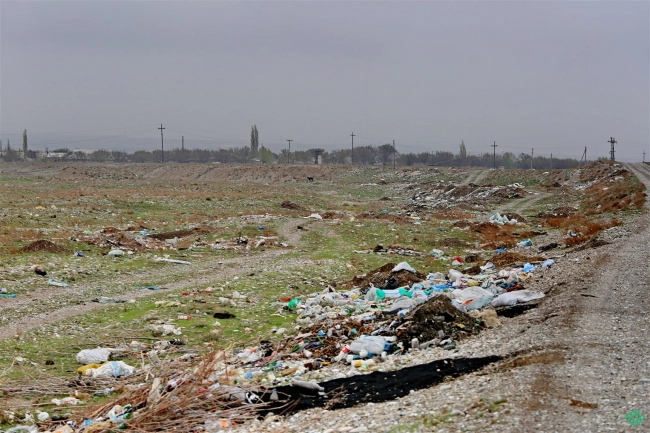
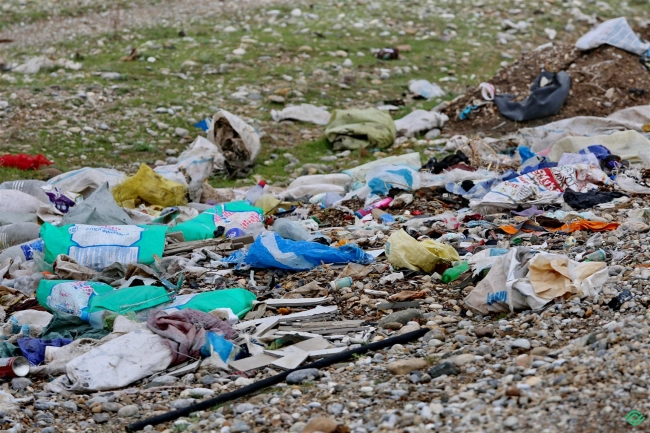
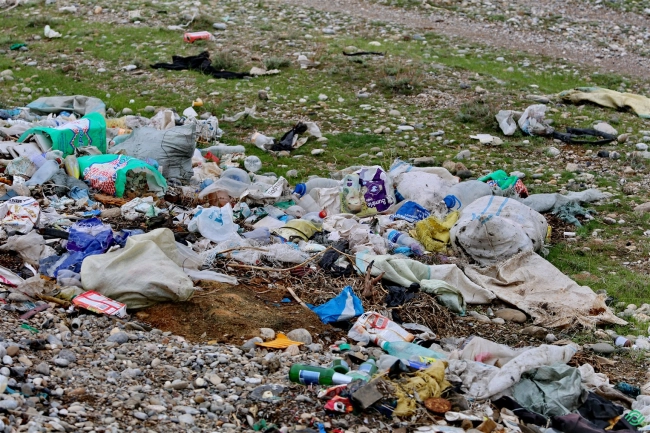
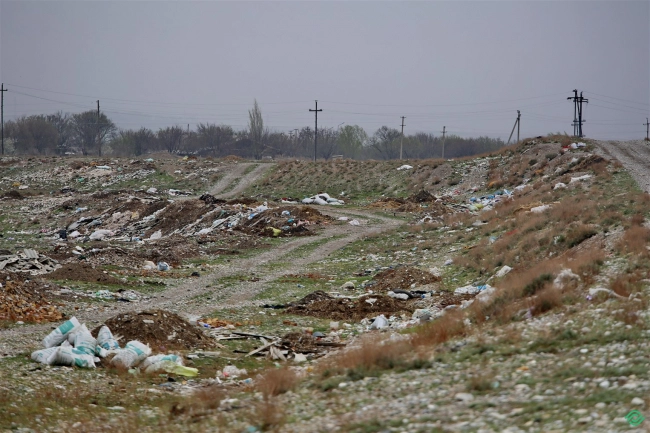
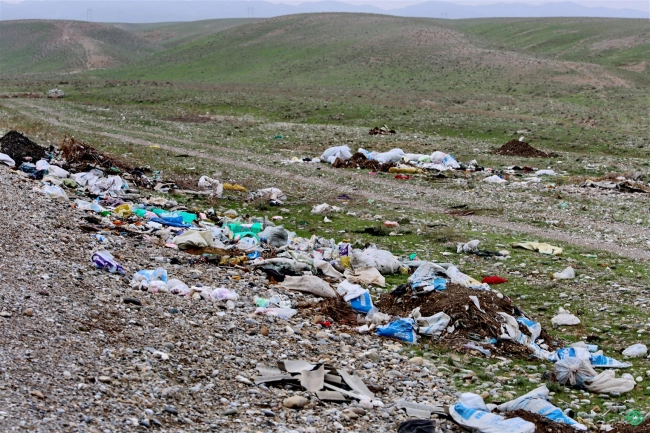
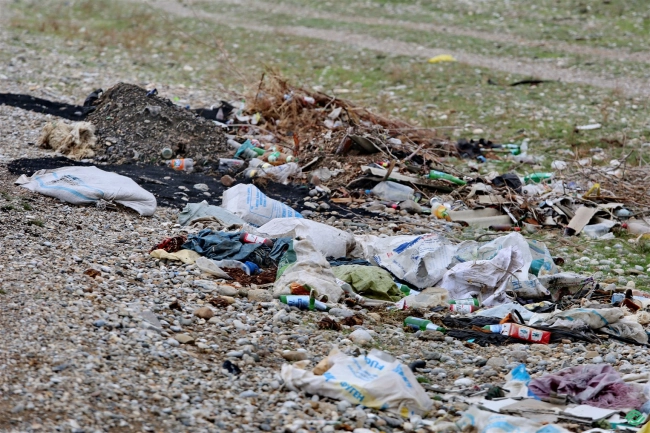
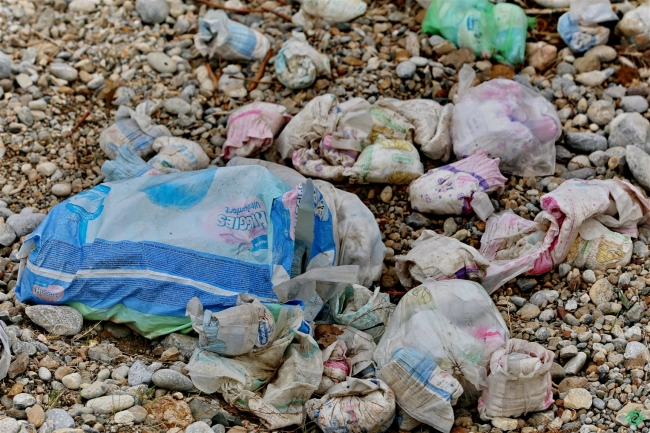


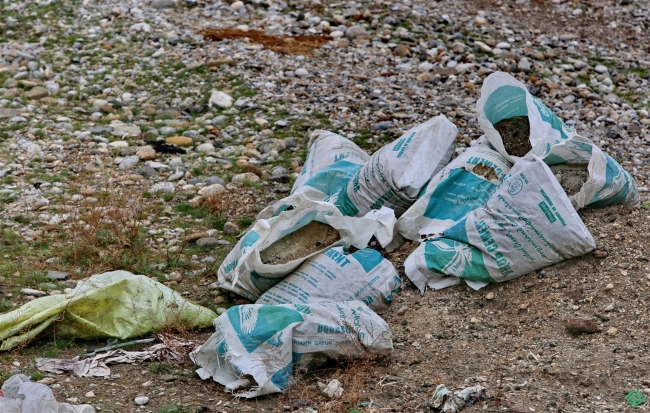
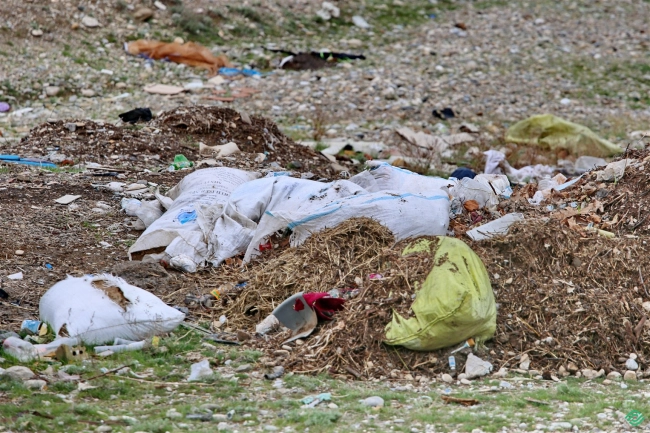
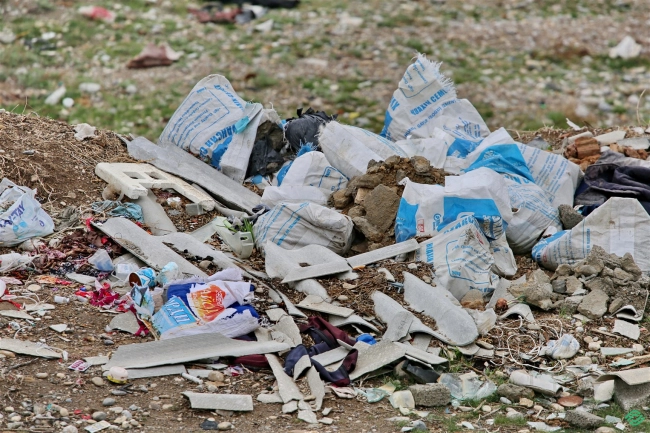


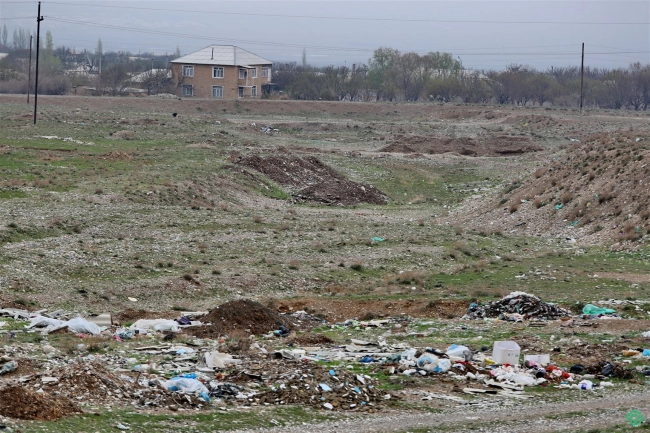
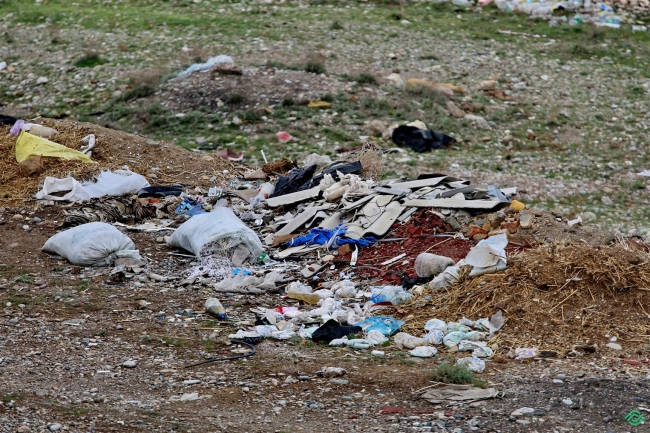
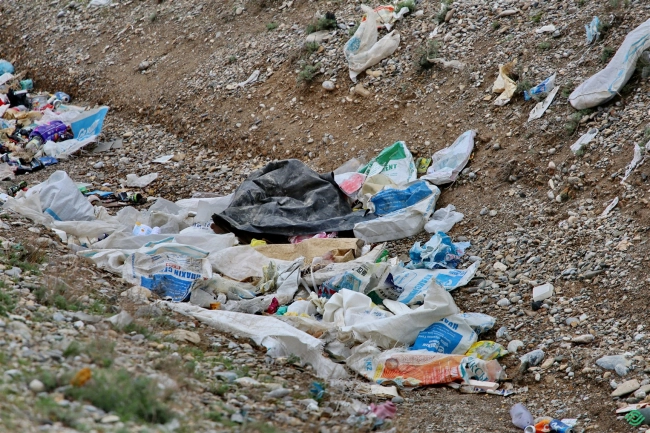


















Attention: Information based on submitted complaints